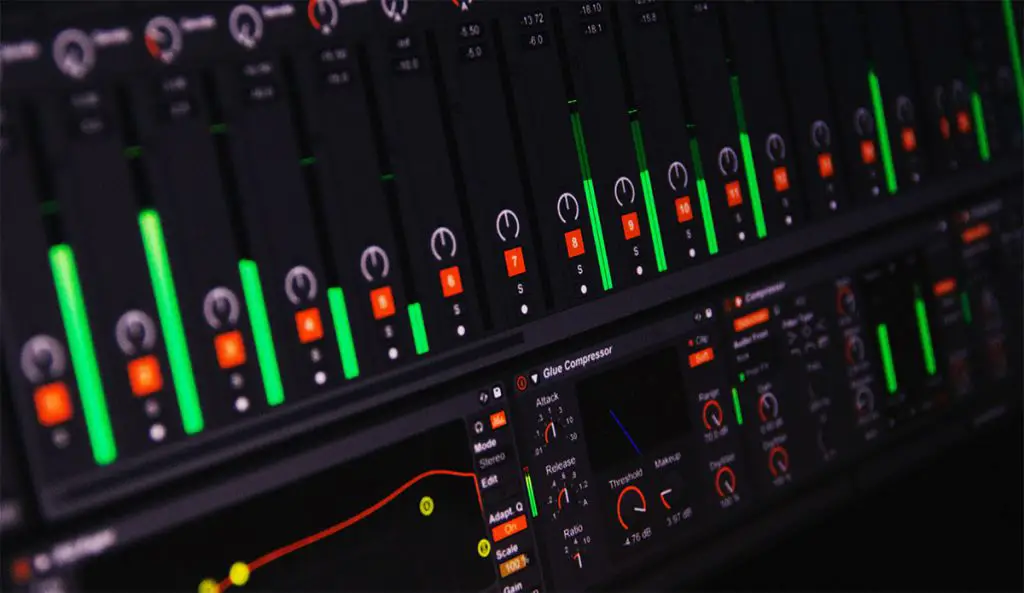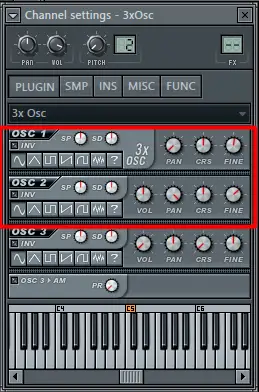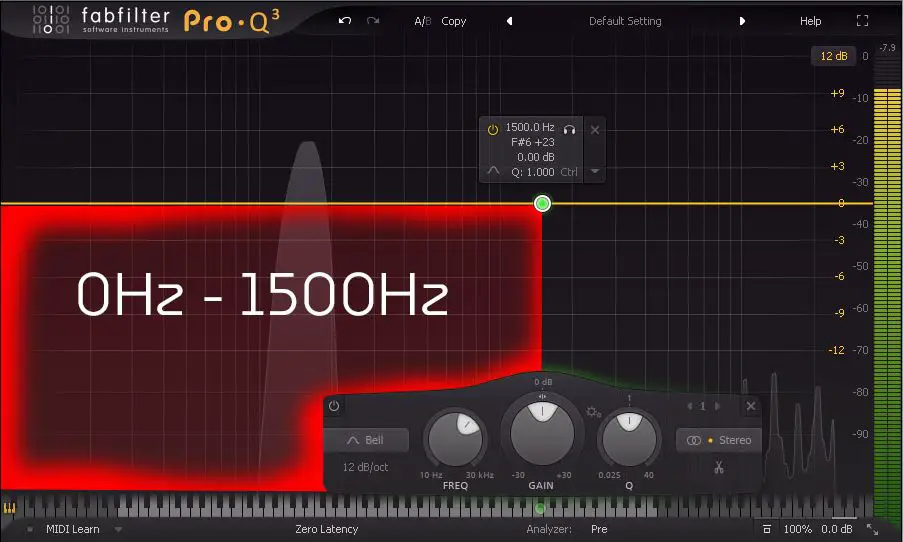So you wanna make binaural beats? There have been only a handful of plugins specializing in binaural beat-making and no single plugin has really done it in an exceptional way. Forget all of the plugins you thought you needed. You can easily make binaural beats with almost any synthesizer in any DAW. This tutorial will show you how.
What is a Binaural Beat?
It’s not a beat as in a Hip-hop or rap beat. A binaural beat is a beat by the scientific definition of the word. That is when two tones with slightly different frequencies combine and form an interference pattern, which results in a pulsing effect.
A binaural beat is an auditory illusion, that supposedly is used for connecting the two hemispheres of the brain.
You can hear the interference pattern if you play two frequencies close to each other. But you’re not gonna have a binaural effect. The cool part about a binaural beat is, that just like you can get the interference pattern on a pair of speakers. You can make it happen within your head instead. That is the entire idea of binaural beats.
Learn To Recognize A Binaural Beat

Let’s experiment! Use your headphones and listen to this sample. In the middle of the sample, the effect is turned off by adjusting one of the tones, and then it’s turned back on again. You should notice a kind of wobbling effect or a third tone.
Realize that it’s all in your head. Because if you listen to either the left or right ear separately, you won’t hear anything like what’s being played when you combine both sides. Freaky right? It’s all happening within the brain. This is the binaural beat.
It’s an auditory illusion caused by an interference pattern such as the one in the image above. When two tones meet, they collide and create a new tone. In this example, the tone is played at about 185Hz. If you listened on speakers, you probably heard a wobbling. But you really need headphones to actually hear the illusion.
Make Binaural Beats With a Syntheziser

The rule is two oscillators, one panned for each ear, with a 40Hz or less difference between them. Don’t go above 1500Hz because the effect will begin to be inaudible. You can use any synthesizer that has two oscillators that are pannable, tunable, and that can play sinewaves. It doesn’t matter if it’s a hardware or software synth as long as you have those settings available.
Look at this. I will be using Serum and 3xOsc (FL Studio), but you can absolutely use any synthesizer. Just make sure that it has the settings available as described above. Note that I’m using the old 3xOsc because the knobs are more visible.
Look at the settings that we’re using. This is a synth with 3 oscillators. The bottom oscillator is turned off completely as you can see by the volume knobs. Pay attention to the settings within the red box. You can see that I’m only adjusting the fine between the two tones, resulting in a small frequency difference that is responsible for the binaural beat effect.

Let’s use Serum to do this as well. It’s ridiculously easy. Start with the default setting. Turn on OSC A and OSC B. Go to the waveform menu. Choose Analog –> Basic Shapes. You should now have sine waves. If not, turn the WT POS knob until you get them. Pan left pan right. Now adjust the FIN right under the waveform menu. Boom! You got your Binaural beat.

The effect will diminish if you go above 1500Hz so check your generated tones with an equalizer if you’re unsure. You can also use your ears to judge if you achieve the desired effect. The effect is very pronounced when only one note is played, but you can experiment with many notes simultaneously.

Are Binaural Beats and Binaural Audio the Same Thing?
Binaural beats and binaural music are not the same things. A Binaural beat is an auditory illusion that is generated due to the dissonance between two tones generating a beat. Whereas binaural audio is a way of recording or producing music that mimics the natural hearing of humans. You can learn more about it here!
Making A Monaural Beat

If you want to make a monaural beat also known as an interference beat, you’re in luck. This is how you make a monaural beat. It’s just like in the above example for making a binaural beat, except you don’t pan the tones out left or right. You just keep them in the center.
You need two oscillators, make them pure sinus waves. Play a note under 1500Hz. Fine-tune one of the oscillators no more than 40Hz away from the other tone, until you get a wobble effect. The difference between them results in the interference pattern that is the monaural tone.
When listening to monaural tones, the effect is more obvious than with binaural tones. Also, it translates well to both speakers and headphones which is great. Producers don’t use this technique enough, but it can definitely find a way into your workflow if you’re a bit creative.
Making An Isochronic Tone

You may wonder what an Isochronic tone is. It’s a sound that is created when a tone goes on and off rapidly. It’s supposedly used for brain entrainment. To create an Isochronic tone. Take a sinewave or any sound you like, and play short notes of it like in the example below.
Use What You’ve Learned
So you learned the simple technique on how to make binaural beats, monaural beats, and isochronic tones. Now go make some music, combine the techniques, show the world what you can do!
If you want to, you can use these techniques together with different scales and frequencies, perhaps 432Hz. The easiest way to tune your DAW or plugin to 432Hz is explained here.





